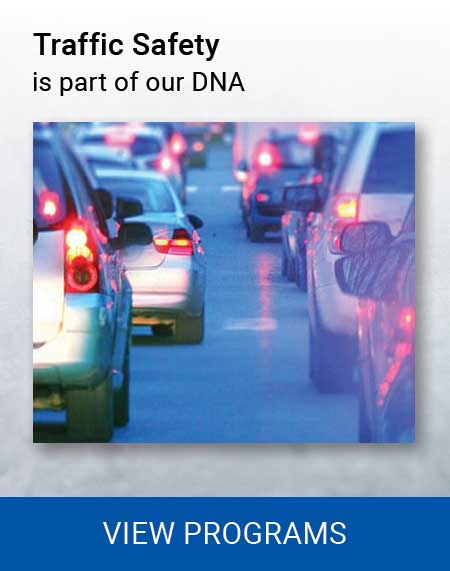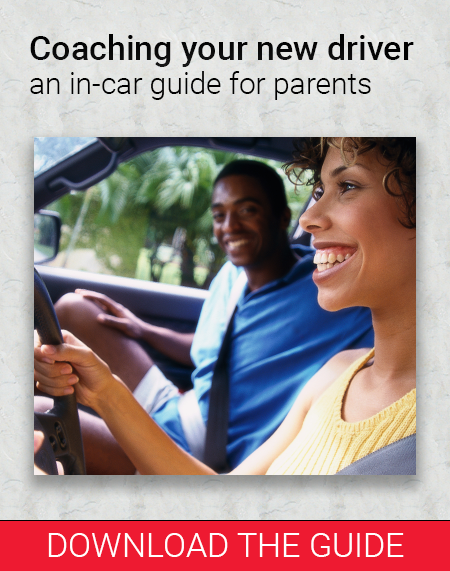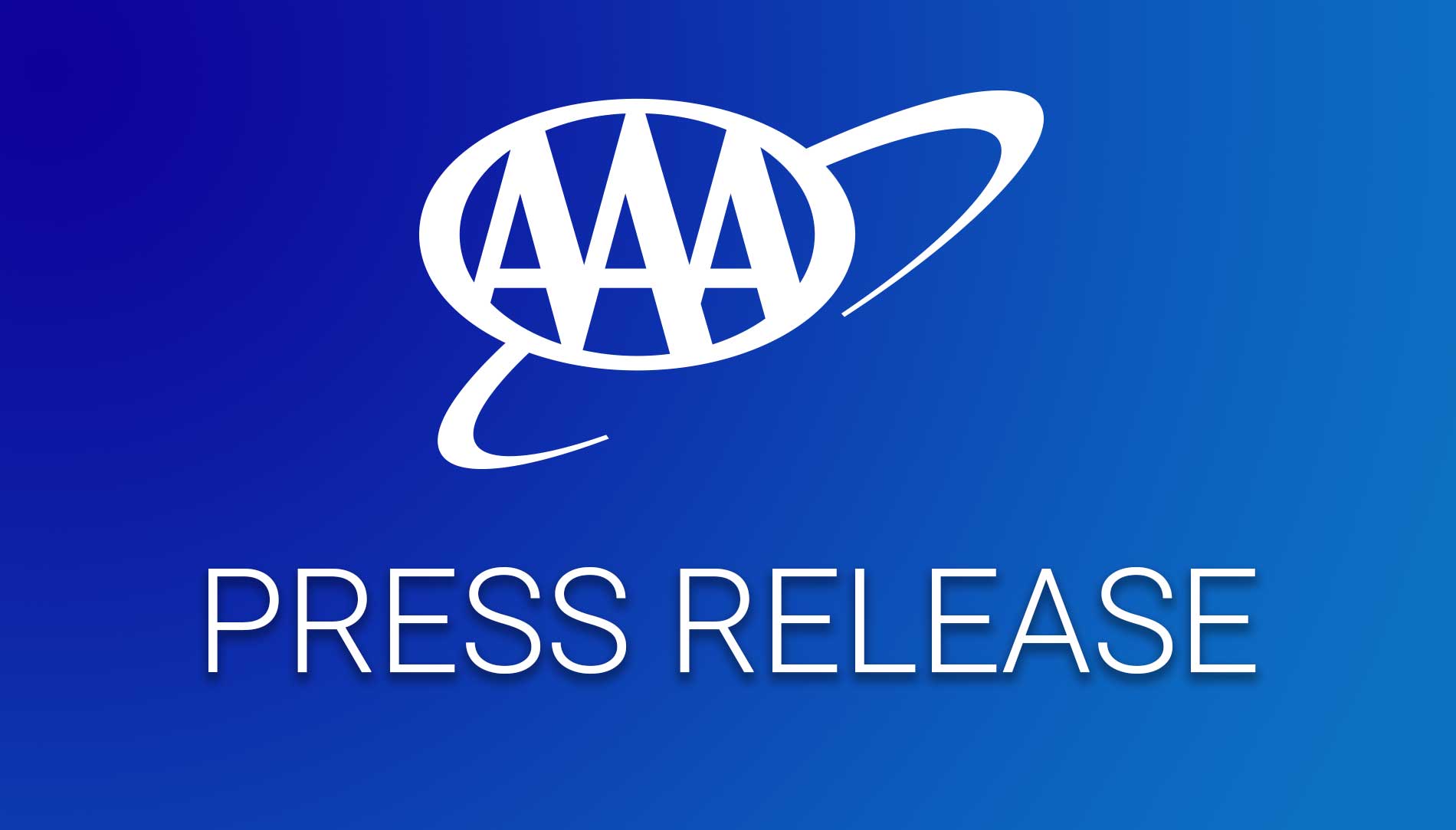Study Put Camera and Steering Wheel-Based Systems to a Real-World Test
Editor’s Note: Testing b-roll and Full Report available here.
As state lawmakers consider how to regulate the future road testing of fully automated vehicles in Washington, new tests conducted by AAA researchers found one kind of driver monitoring system already available inside automated vehicles to be far superior.
Automakers created driver monitoring systems — which use either a camera or steering wheel detection — to prevent distracted driving behaviors that could result in deadly crashes. New tests, conducted by AAA on a California highway, found systems with a camera watching a driver’s face is best at keeping motorists focused on the road. At the same time, AAA cautions that no technology is foolproof, a driver determined to cheat the system can defeat it.
Since the introduction of so-called semi-autonomous vehicles, with active assistance features that can control vehicle acceleration along with braking and steering, there have been numerous news reports of drivers misusing these systems by watching videos, working, sleeping, or even climbing into the backseat.
“The key to a safe active driving assistance system is effective driver monitoring that can’t be easily tricked,” said Greg Brannon, director of AAA’s automotive engineering and industry relations. “Vehicle technology has the potential to improve roadway safety, but the last thing we want are ineffective features in the hands of uninformed or overconfident drivers.”
To evaluate the effectiveness of each of the available driver monitoring systems, AAA test drove four popular makes and models in real-world conditions — two vehicles with cameras on the driver’s face and two that monitor steering wheel movements.
Key research findings include the following:
- Camera-based systems alerted disengaged drivers 50 seconds sooner and were more persistent than those detecting steering wheel movement when the driver was looking down with head facing forward, hands off the wheel.
- Camera-based systems alerted disengaged drivers 51 seconds sooner compared to steering wheel movement when the driver was facing away from the road, looking at the center console, with hands off the wheel.
- On average, the percent of time test drivers were engaged was approximately five times greater for camera-based systems than for steering wheel systems.
- Steering wheel monitoring required only minimal input to prevent system alerts, allowing up to 5.65 continuous minutes of distraction (at 65 mph, equivalent to over 6 miles of disengaged driving). In comparison, camera-based systems allowed 2.25 minutes of distraction during the ten-minute long test drive.
- Even after issuing multiple warnings of inattentive driving, both systems failed to disable the semi-autonomous features and force the driver to take the wheel and pay attention.
“Regardless of marketing claims, vehicles available for purchase today are not capable of driving themselves,” said Brannon. “Driver monitoring systems are a good first step to preventing deadly crashes, but they are not foolproof.”
AAA recommends that automakers opt for camera-based driver monitoring systems over steering wheel monitoring; says more refinement of existing systems is required to prevent driver distraction and misuse. Both monitoring types were intentionally fooled, although those using a camera were harder to trick. AAA test drivers attempted to beat monitoring system alerts with periodic head or eye movement and steering wheel manipulations. Each driver was given the discretion to develop their cheat strategy without using external devices, tools, or aids.
Before releasing this report, AAA met with automakers to provide insight from the testing experience and specific recommendations for improvement. AAA continues to urge automakers to adopt an industry standard naming convention , for vehicle technology to prevent drivers from misunderstanding the capabilities of catchy, marketing-driven branded names for popular systems.
Methodology
AAA conducted naturalistic driving evaluations on a 24-mile loop on a limited-access toll road in Southern California. The testing used four popular makes and models paired with a leading safety spotter vehicle. All test drivers and spotters were AAA researchers. Each simulated driver distraction test ran ten minutes and used three methods:
- Hands off the steering wheel, head up facing the road but gazing down.
- Hands off the wheel, head and gaze aimed down to the right toward the center console.
- Active circumvention or attempting to “beat the system” through a variation of gaze/head placement and periodic steering wheel input.
AAA selected four vehicles for testing, choosing two of each driver monitoring design type, camera-equipped and input from the steering wheel. The vehicles were as follows:
- 2021 Cadillac Escalade with “Super Cruise™” using a driver-facing infrared camera
- 2021 Subaru Forester with “EyeSight®” and Driver Focus using a driver-facing infrared camera
- 2021 Hyundai Santa Fe with “Highway Driving Assist” (steering wheel)
- 2020 Tesla Model 3 with “Autopilot” (steering wheel)
The vehicles came directly from the manufacturer or specialty rental fleets. AAA chose the test route due to its consistent traffic volume moving at or near the posted speed limit of 65mph to make the testing as safe as possible. Please refer to the full report for methodology details, including specific testing equipment and the driving route.
Active driving assistance, which is classified as Level 2 driving automation on SAE International’s scale of Level 0 to Level 5 and includes lane-keeping assistance and adaptive cruise control, provides the highest level of automated vehicle technology available to the public today. It also means that constant driver supervision is required. Most drivers will only interact with vehicle automation through these systems, which according to previous AAA research, are far from 100% reliable.






